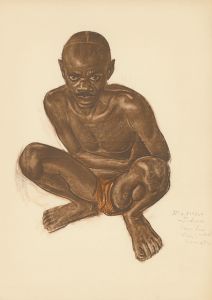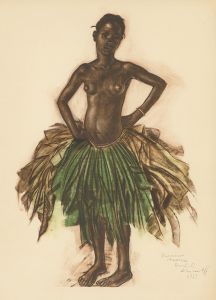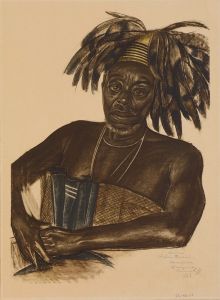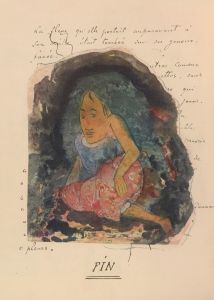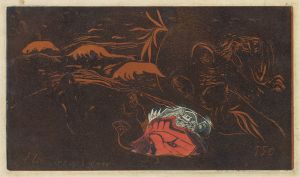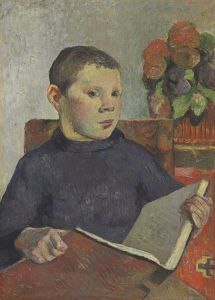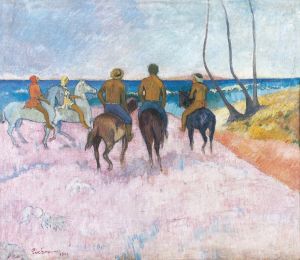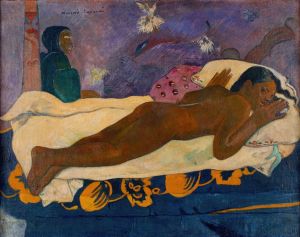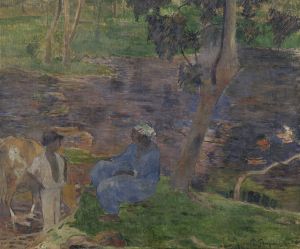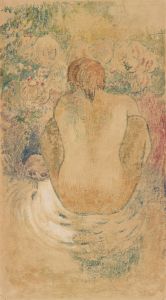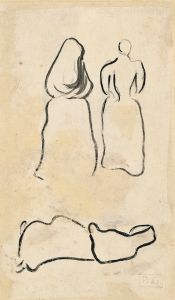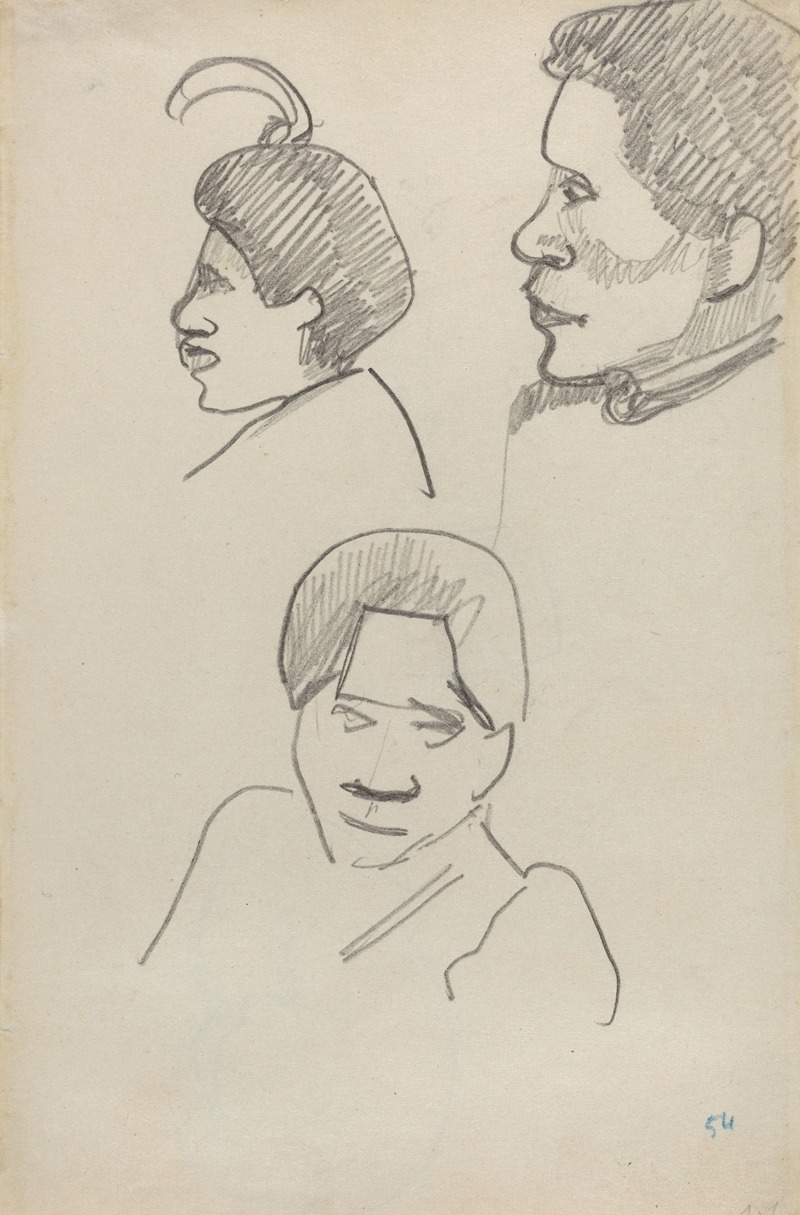
Tahitian Heads
A hand-painted replica of Paul Gauguin’s masterpiece Tahitian Heads, meticulously crafted by professional artists to capture the true essence of the original. Each piece is created with museum-quality canvas and rare mineral pigments, carefully painted by experienced artists with delicate brushstrokes and rich, layered colors to perfectly recreate the texture of the original artwork. Unlike machine-printed reproductions, this hand-painted version brings the painting to life, infused with the artist’s emotions and skill in every stroke. Whether for personal collection or home decoration, it instantly elevates the artistic atmosphere of any space.
"Tahitian Heads" is a painting by the French Post-Impressionist artist Paul Gauguin. Created in 1891, this work is part of Gauguin's Tahitian period, which began after he left France to escape European civilization and immerse himself in what he considered a more "primitive" and pure way of life. Gauguin's journey to Tahiti marked a significant shift in his artistic style and subject matter, as he sought to capture the essence of the island's culture and people.
The painting "Tahitian Heads" features two female figures, depicted in a stylized manner that reflects Gauguin's departure from traditional Western artistic conventions. The women are shown in profile, with their heads turned slightly towards each other, creating a sense of intimacy and connection. Gauguin's use of bold, flat colors and simplified forms is evident in this work, showcasing his interest in the decorative qualities of art and his desire to convey emotional and symbolic content rather than realistic representation.
Gauguin's time in Tahiti was marked by his fascination with the local culture, which he idealized and romanticized in his work. He was particularly interested in the spiritual and mythological aspects of Tahitian life, which he believed were more authentic and meaningful than the materialism of European society. This interest is reflected in "Tahitian Heads," where the serene expressions and harmonious composition suggest a sense of inner peace and connection to nature.
The painting also demonstrates Gauguin's innovative use of color and form. He employed a technique known as "cloisonnism," which involves outlining areas of color with dark lines, reminiscent of stained glass or cloisonné enamel work. This approach allowed Gauguin to create strong visual contrasts and emphasize the decorative quality of his compositions. In "Tahitian Heads," the vibrant hues and bold outlines contribute to the overall impact of the image, drawing the viewer's attention to the faces of the women and the emotional resonance of their expressions.
Gauguin's work in Tahiti, including "Tahitian Heads," had a profound influence on the development of modern art. His exploration of non-Western cultures and his innovative use of color and form inspired many artists who followed, including the Fauves and the German Expressionists. Gauguin's legacy is evident in the way he challenged traditional artistic conventions and opened up new possibilities for artistic expression.
"Tahitian Heads" is now part of the collection at the Musée d'Orsay in Paris, where it continues to be admired for its beauty and significance in the history of art. The painting serves as a testament to Gauguin's unique vision and his enduring impact on the art world. Through works like "Tahitian Heads," Gauguin's quest to capture the essence of Tahitian life and his innovative artistic techniques continue to resonate with audiences today.





